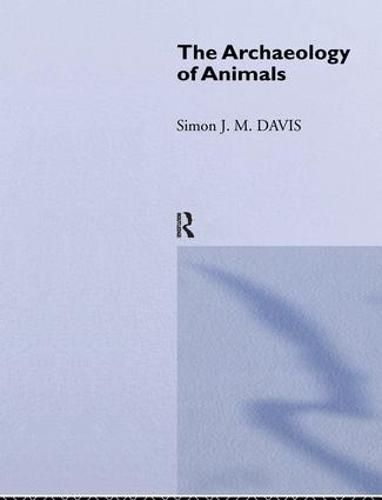Readings Newsletter
Become a Readings Member to make your shopping experience even easier.
Sign in or sign up for free!
You’re not far away from qualifying for FREE standard shipping within Australia
You’ve qualified for FREE standard shipping within Australia
The cart is loading…






Ever since the discovery of fossil remains of extinct animals associated with flint implements, bones and other animal remains have been providing invaluable information to the archaeologist. In the last 20 years many archaeologists and zoologists have taken to studying such archaeofaunal remains, and the science of zoo-archaeology has come into being.
What was the nature of the environment in which our ancestors lived? In which season were sites occupied? When did our earliest ancestors start to hunt big game, and how efficient were they as hunters? Were early humans responsible for the extinction of so many species of large mammals 10-20,000 years ago? When, where and why were certain animals first domesticated? When did milking and horse-riding begin? Did the Romans influence our eating habits? What were sanitary conditions like in medieval England? And could the terrible pestilence which afflicted the English in the seventh century AD have been plague? These are some of the questions dealt with in this book.
The book also describes the nature and development of bones and teeth, and some of the methods used in zoo-archaeology.
$9.00 standard shipping within Australia
FREE standard shipping within Australia for orders over $100.00
Express & International shipping calculated at checkout
Ever since the discovery of fossil remains of extinct animals associated with flint implements, bones and other animal remains have been providing invaluable information to the archaeologist. In the last 20 years many archaeologists and zoologists have taken to studying such archaeofaunal remains, and the science of zoo-archaeology has come into being.
What was the nature of the environment in which our ancestors lived? In which season were sites occupied? When did our earliest ancestors start to hunt big game, and how efficient were they as hunters? Were early humans responsible for the extinction of so many species of large mammals 10-20,000 years ago? When, where and why were certain animals first domesticated? When did milking and horse-riding begin? Did the Romans influence our eating habits? What were sanitary conditions like in medieval England? And could the terrible pestilence which afflicted the English in the seventh century AD have been plague? These are some of the questions dealt with in this book.
The book also describes the nature and development of bones and teeth, and some of the methods used in zoo-archaeology.